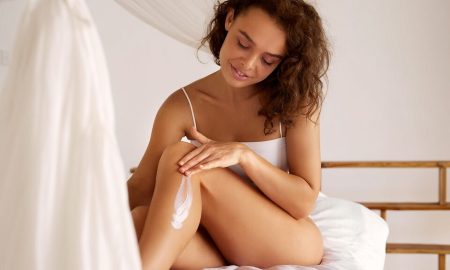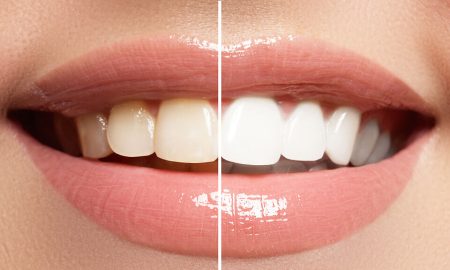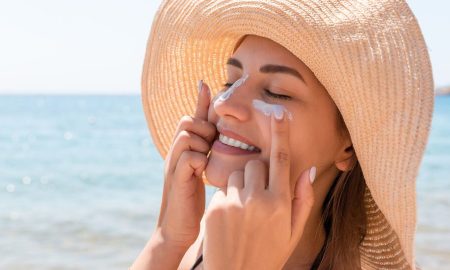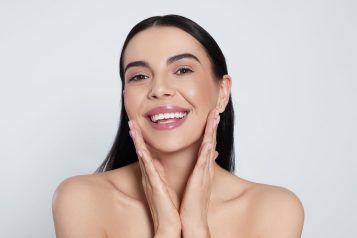Sleep apnea is a prevalent yet often undiagnosed sleep disorder characterized by interruptions in breathing during sleep. Continuous Positive Airway Pressure (CPAP) therapy has long been the gold standard treatment for both children and adults with sleep apnea. However, for some individuals, CPAP can be uncomfortable, cumbersome, or simply intolerable. Fortunately, there exists an alternative treatment option: oral appliance therapy.
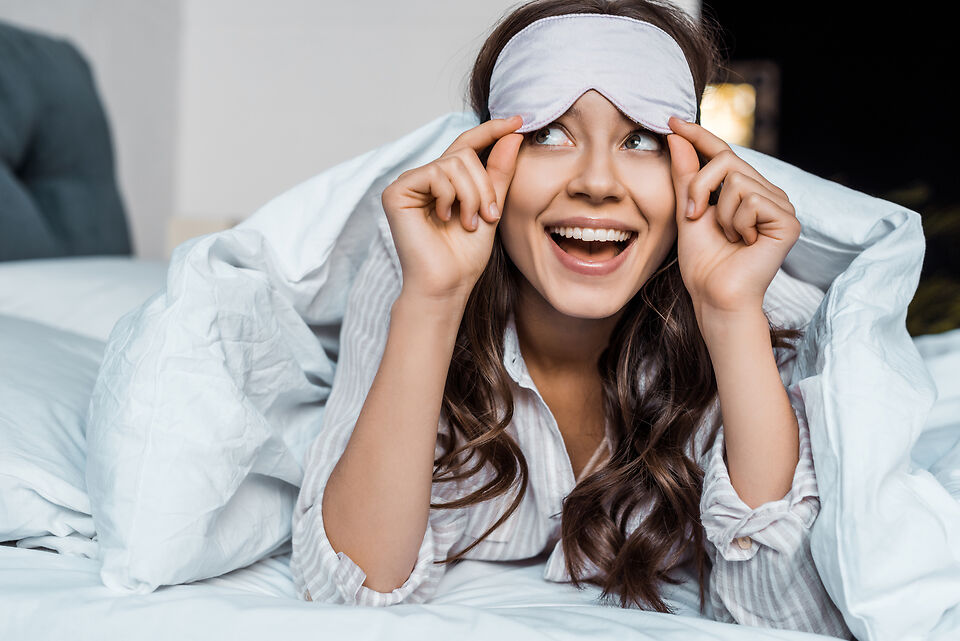
Understanding Sleep Apnea
Sleep apnea is a condition where the airway becomes partially or completely blocked during sleep, leading to pauses in breathing. This interruption in breathing can occur numerous times throughout the night, depriving the individual of restorative sleep. There are two primary types of sleep apnea: obstructive sleep apnea (OSA) and central sleep apnea (CSA), with OSA being the most common form.
The Role of CPAP Therapy
CPAP therapy involves the use of a machine that delivers a continuous stream of air through a mask worn over the nose or mouth. This pressurized air keeps the airway open, preventing it from collapsing during sleep. While CPAP is highly effective in treating sleep apnea, adherence to therapy can be challenging for some individuals due to discomfort, claustrophobia, or difficulty adjusting to the equipment.
Oral Appliance Therapy as an Alternative
Oral appliance therapy offers a non-invasive alternative for managing sleep apnea, particularly for those who cannot tolerate CPAP therapy. These custom-made devices, also known as mandibular advancement devices (MADs) or mandibular repositioning devices (MRDs), are worn during sleep and work by repositioning the lower jaw and tongue to keep the airway open.
Effectiveness in Children
Children can also suffer from sleep apnea, often due to enlarged tonsils or adenoids. CPAP therapy may not be well-tolerated by children, making oral appliances a viable option. Studies have shown that oral appliances are effective in improving sleep quality and reducing apnea episodes in pediatric patients, offering a less intrusive treatment option.
Benefits for Adults
For adults who struggle with CPAP intolerance, oral appliance therapy provides a comfortable and convenient alternative. Research indicates that oral appliances are effective in reducing the severity of sleep apnea and improving daytime functioning. Additionally, oral appliances are portable, making them ideal for travel or situations where CPAP equipment may be impractical.
Considerations and Limitations
While oral appliance therapy offers numerous benefits, it may not be suitable for all individuals. Proper diagnosis and customization of the device are essential to ensure optimal effectiveness. Additionally, regular follow-ups with a sleep specialist are necessary to monitor progress and make any necessary adjustments to the appliance.
Sleep apnea can significantly impact the quality of life for both children and adults. While CPAP therapy remains the primary treatment modality, oral appliance therapy offers a valuable alternative for individuals who cannot tolerate CPAP. By addressing the unique needs and preferences of each patient, healthcare providers can ensure access to effective and comfortable treatment options, ultimately improving outcomes and enhancing overall well-being.
For more information, visit Dr. Mimi Yeung's social media:









